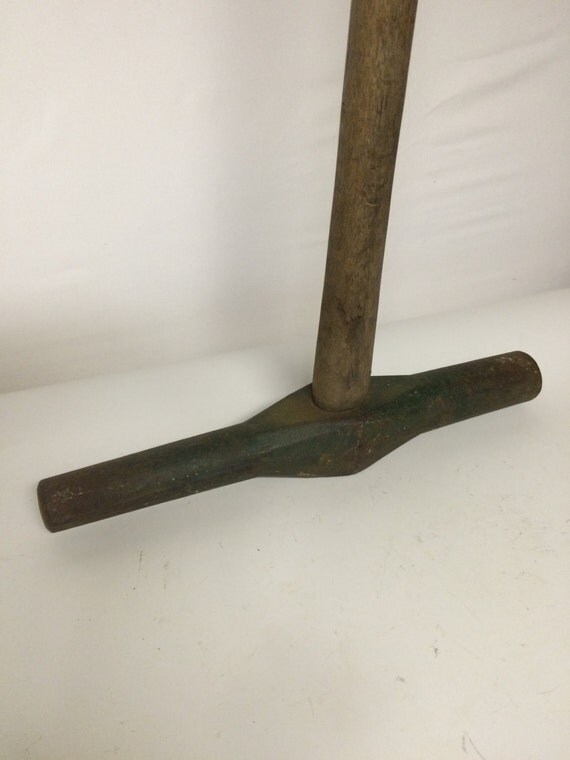

The discontinuing of the Phoebe Snow (1966) and the Atlantic Express (1965) marked the end of long-distance passenger service through Ridgewood. In final years of long-distance service, after the Erie's merger with the Lackawanna Railroad, unnamed trains ran to Binghamton, where passengers could switch to the Phoebe Snow after a layover. The station received eastbound passengers from the Atlantic Express. The Erie Limited and the Lake Cities served passengers heading toward Chicago. Until the 1960s, the station served passengers heading to Binghamton and other cities, en route to Chicago or Buffalo. It has been listed in the New Jersey Register of Historic Places and National Register of Historic Places since 1984 and is part of the Operating Passenger Railroad Stations Thematic Resource. The Erie Railroad built Ridgewood station in 1916 as a grade-separated elevated station. However, in August 1915, the Erie Railroad, now in control, started construction on a new pair of ornate station depots at Ridgewood, both of which opened on November 28, 1916. A new station was built in 1856, then in 1859. Service to the area known as Godwinville began on October 19, 1848, with the opening of the Paterson and Ramapo Railroad, a railroad connecting the Paterson and Hudson River Railroad at Paterson to the New York, Lake Erie and Western Railroad at Suffern. History Train #75 stops at Ridgewood bound for Port Jervis before construction of the high-level platforms began

A major transfer station, Ridgewood has two high-level platforms (one side platform and one island platform) for the Main Line and Bergen County Line.

Ridgewood is a railroad station operated by New Jersey Transit in the village of Ridgewood, Bergen County, New Jersey, United States.


 0 kommentar(er)
0 kommentar(er)
